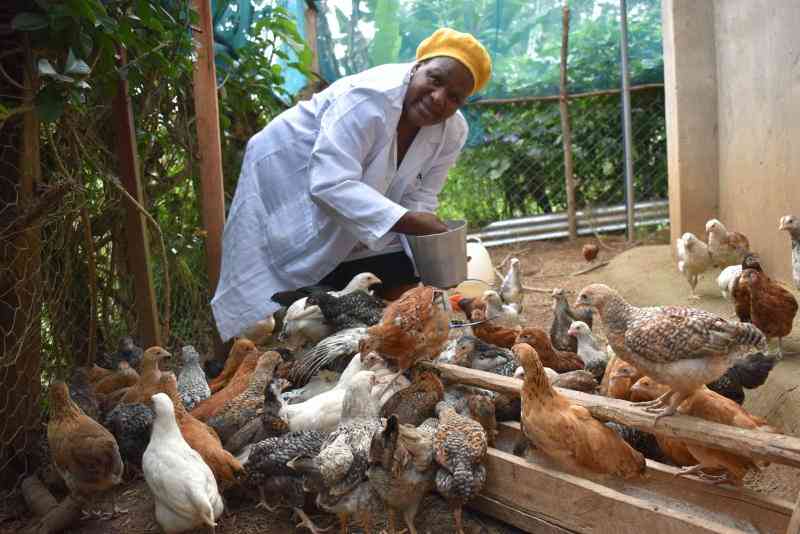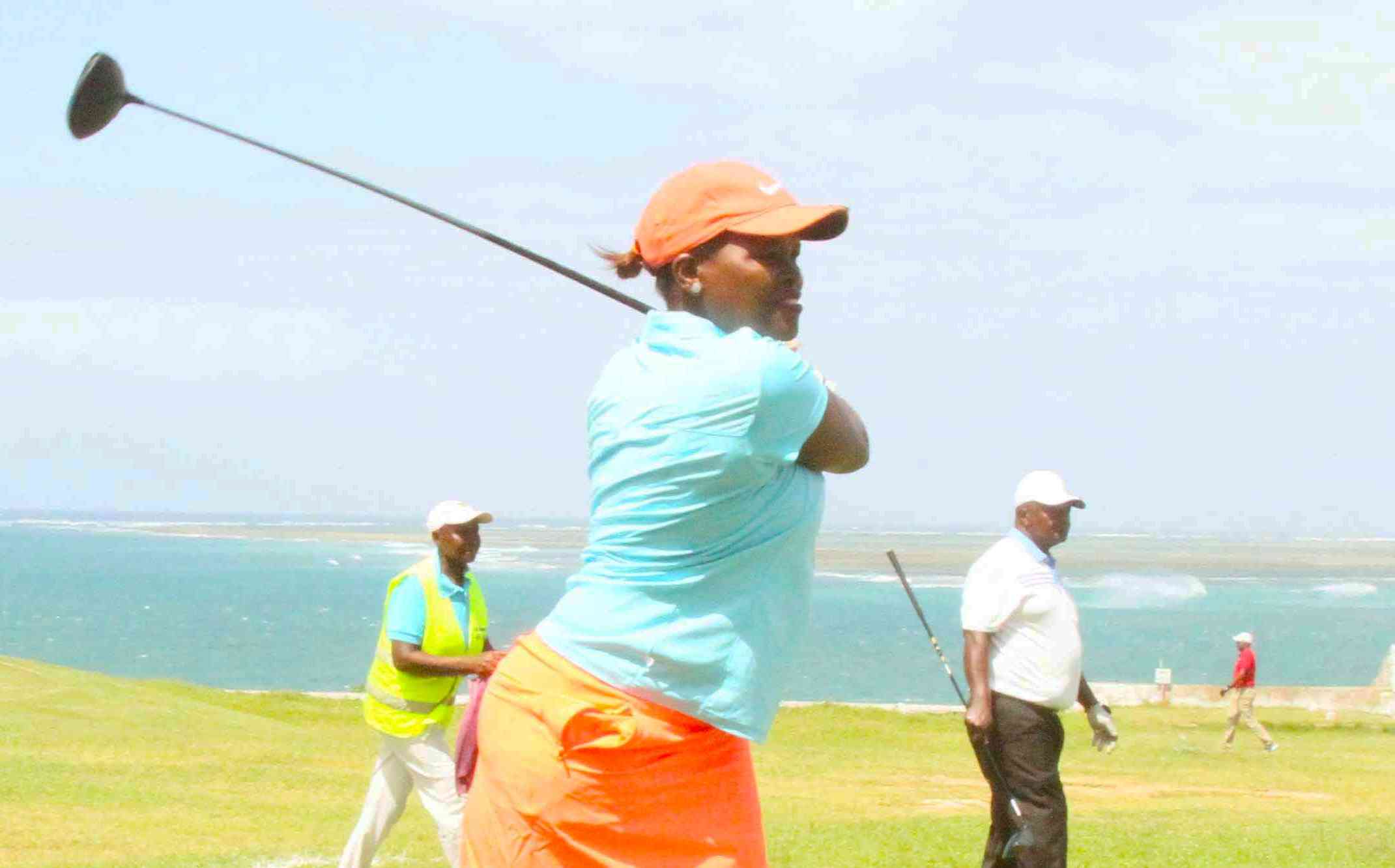This year's WBW theme is Breastfeeding: a key to Sustainable Development. A message from UNICEF state that breastfeeding is not only the cornerstone of a child’s healthy development; it is also the foundation of a country’s development. In September 2015, the world's leaders committed to the Sustainable Development goals which we all have a part to play in achieving by 2030.
This year’s World Breastfeeding Week is all about how breastfeeding is a key element in getting us started on the SDGs.
Kenya and her neighbors as part of the larger global village must observe the World Breastfeeding Week every year as a constant reminder to its citizens that it pays to breastfeed. Many mothers and younger parents suffer from the sin of ignorance on this subject matter. Majority of these mothers contribute to the population of the statistics of children being malnourished, children with delayed milestones and even mother health related conditions e.g. Mastitis. Breastfeeding is one of the most effective—and cost-effective --ways to save and improve the lives of children everywhere, yielding better health benefits and outcome for infants and their mothers.
Breastfeeding relates to the SDGs in a special way and is the first step in the right direction.
The poverty cycle:
Breastfeeding is a low cost feeding method by its nature to infants and children and requires no buying of the breast milk. In its kind and form it is a poverty reducing measure as it contributes to savings on the household budget on monies that could potentially be used on formula milk. New generation mothers perceive the bottle feeding of formula milk as modern and current being clueless of long term financial implications on the child and the mother. The relationship between the well breastfed child and better brain development cannot be wished away as a contributing factor to better learning outcomes imputing in the breaking of the jinx of poverty in majority of rural homes.
The food security element:
The definition of infant food security cannot be adequate without the inclusion of the breast milk and breastfeeding. Breastfeeding therefore means food security for infants. The access and utilization of the breast and breast milk respectively completes this description; a perfect solution to hunger, malnutrition and nutrient (energy, minerals, proteins, vitamins and water) in infants. Kenyan mothers must therefore ensure that their infants and children are well breastfed to ensure they are comfortable to continue producing food for families and to contribute to the economy differently to maintain household food security.
Good health and wellbeing:
The health, development and survival of infants and children are dependent on breastfeeding. The breast milk has adequate antibodies passes from the mother to the infant which help protect the child from diseases by boosting the baby’s immunity. The breast milk is balanced since it has most of the food groups which helps the baby grow horizontally and vertically reducing chances of wasting and stunting respectively. The mother also benefits from short term and long term breast and health related condition. These benefits include good hormonal control as well as comfort when the breast is not engorged and painful.
Quality education:
During breastfeeding, learning takes place. The baby develops an attachment with the mother; they also get to know their mother better even to ably differentiate who is the mother and who is not. As the process proceeds to complementary feeding they learn the cognitive skills, to touch, hold, feel and even to position. These are adaptive skills that they learn at their infancy to help them adopt into the future in life. Immediately after the complementary feeding which complements breast milk the child is ready for the formal and informal learning to even master her environment.
Gender Equity:
Breastfeeding should be uniquely satisfying for mothers for several reasons. It is naturally belonging to a mother and therefore she can decide how and when to breastfeed. This empowers them with choices. Kenya as a society must empower the women and mothers by offering support to ensure that the nation is breastfed optimally. At the start of life every child regardless of their gender has an equal opportunity to breastfeed. These roles are even exciting when men participate and are involved in the process.
Clean water and sanitation:
Stay informed. Subscribe to our newsletter
Adequate breastfeeding provides the baby with the water that he or she needs. Water constitutes 70% of the breast milk. It is fed at source and does not require additional water to constitute or even preparation. Hygiene with zero risk of contamination if suckling happens is assured. On the other hand, formula feeding requires access to clean water, hygiene and sanitation which has the implication of time wastage, fuel use, access to sufficient water for use; hygiene training and even expands the household budget.
Affordable clean energy:
Industries producing formula milk will eventually use less energy and therefore pollute the environment less if the demand for formula milk reduces. This can only happen if the Kenyan mothers take up their role and breastfeed the nation’s future. Breastfeeding reduces the need for the carbon fuels in the homes.
Decent work and economic growth:
Kenyan employers must create enabling policies and infrastructure to provide for the needs of the breastfeeding mothers to secure the future of the industries, and the economy they contribute to. The justification on the right of both the child and the mother together with a blend of ensuring these rights are satisfied at workplace is a win-win situation. Breastfeeding women become more productive and loyal since they combine breastfeeding and their other work or employment. A mother will not think of the child instead and instead work, little time is lost at the work place and home and among others.
Industry, Innovation and Infrastructure:
Industrialization and urbanization provides numerous challenges to help satisfy the needs of breastfeeding. Employers and investors must now come up with innovative ideas to help preserve breast milk in correct volumes, temperatures and conditions for mothers in precarious situations. Breastfeeding lounges and rooms need to be ensuring part of commercial building plans, and to provide breastfeeding mothers with breastfeeding breaks as a regulation to meet this need for employees.
Reduced inequalities:
Breastfeeding’s social infrastructure is activated differently in different communities. However it’s Biological and Physical anatomies remain largely the same.
If breastfeeding is protected, promoted and supported among all regardless of the social standing, inequalities will be reduced significantly creating a better society than we found it.
Sustainable cities and communities:
Breastfeeding mothers and their babies have a right to safety and should feel welcome in all public spaces. This is the kind of support the mothers and the babies require from the citizens utilizing public spaces and shared resources. Assistance of mothers with breastfeeding children is a community and societal responsibility to take care of them and protect them. The mothers should not feel the difficulty to breastfeed in open spaces if they know the public is protecting her and all she needs to feel is the love, warmth and support.
Responsible production and consumption:
Breastfeeding provides a natural source of food and nutrition. No resource intensive or capital investment is required to have an output. The mother can produce enough for the child and should never doubt it for a moment regardless of the shape, size or color of the breast. The baby can also just take enough equivalent to the stomach size. The breast milk is better utilized by the baby and bioconversion of food is adequate with little waste.
Climate action:
Breastfeeding is the only assurance of the baby’s health safety despite adversity created by climatic changes and global warming effects. Therefore this practice should be protected and safeguarded during programs of climate actions.
Life below water:
Breast milk as mentioned above produces less waste that is ecologically friendly with minimal effect to marine life if the wastes end up in the water bodies. This is compared to infant formulas that have industries that discharge effluent and other wastes that may eventually end up in water bodies disrupting ecosystem of the marine life.
Life on land:
The formula milk traces to the dairy farming that put pressure on natural resources including the use of farming techniques, that exacerbate the pollution, non-environment friendly farm inputs and poor agricultural practices since it does not encourage crop rotation among others. On the other hand Breastfeeding is ecologically friendly.
Peace and justice institutions:
Kenya has done well in terms of legislation on the breastfeeding code. Breastfeeding is a human right and has elaborately been documented and ratified on several conventions internationally. Civil societies have also played a community support infrastructure role and integrated this practice as a mainstreaming activity. The human rights framework as enshrined in the constitution and the children’s code has referred to this practice directly or indirectly. This is to protect and support the practice.
Partnership for the goals:
Kenya’s multi-sectorial collaboration by building various partnerships for support for the achievement of the SDGs has a direct or indirect bearing on breastfeeding. Every citizen should take up his space in the roles and ensure desired outcomes in the right direction.
Kenya will have breastfed a nourished future. #nyonyeshasasa.
 The Standard Group Plc is a
multi-media organization with investments in media platforms spanning newspaper
print operations, television, radio broadcasting, digital and online services. The
Standard Group is recognized as a leading multi-media house in Kenya with a key
influence in matters of national and international interest.
The Standard Group Plc is a
multi-media organization with investments in media platforms spanning newspaper
print operations, television, radio broadcasting, digital and online services. The
Standard Group is recognized as a leading multi-media house in Kenya with a key
influence in matters of national and international interest.
 The Standard Group Plc is a
multi-media organization with investments in media platforms spanning newspaper
print operations, television, radio broadcasting, digital and online services. The
Standard Group is recognized as a leading multi-media house in Kenya with a key
influence in matters of national and international interest.
The Standard Group Plc is a
multi-media organization with investments in media platforms spanning newspaper
print operations, television, radio broadcasting, digital and online services. The
Standard Group is recognized as a leading multi-media house in Kenya with a key
influence in matters of national and international interest.








